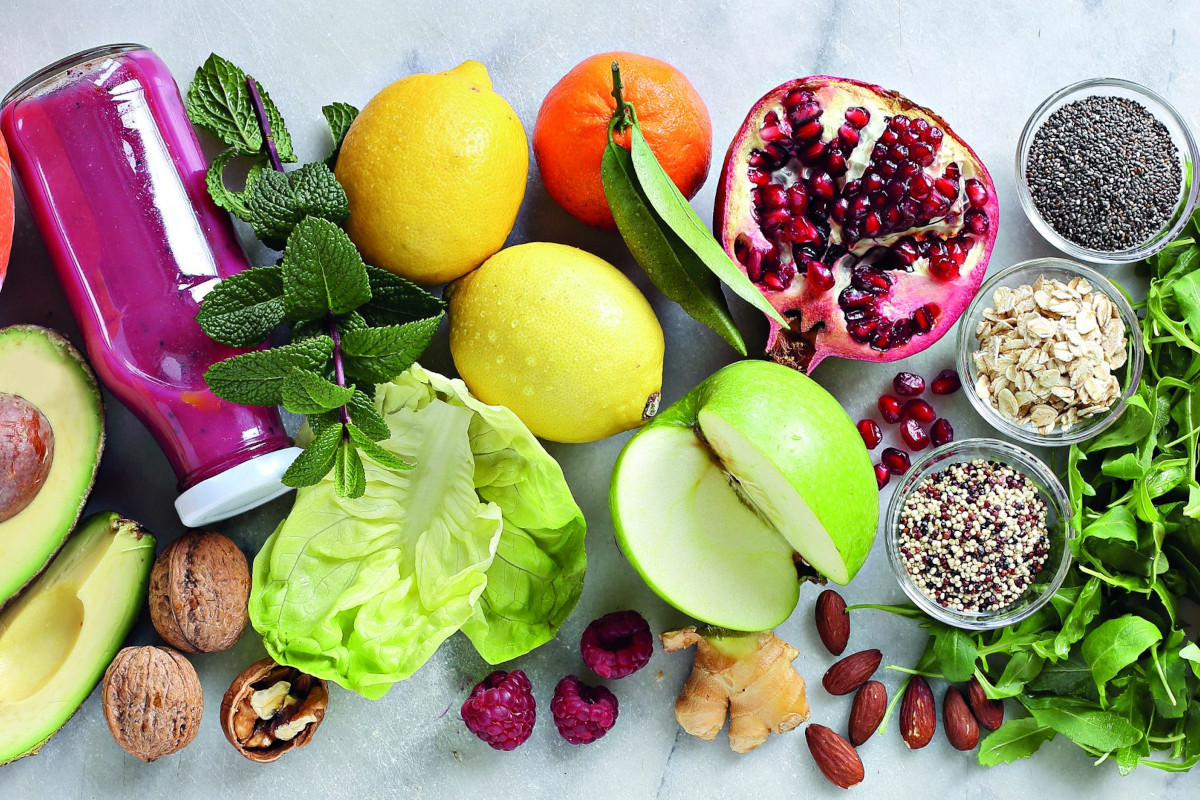According to a 2023 British study (the Broken Plate report by The Food Foundation released in June) referenced in CNBC’s insights, achieving a balanced diet is a struggle, with nutritious and healthy food often being twice as expensive per calorie. Fresh fruits and veggies, vital for balance, face challenges due to a convoluted global supply chain driven by international imports.
Moreover, declining agricultural workforce, labor shortages, and unpredictable weather events add complexity to supply chains. As a result, cheaper, unhealthy, ultra-processed foods are dominating the market, intensifying the global challenge of fostering healthier eating habits.
Discover authentic Italian fruit and vegetables on the Italianfood.net platform
FRUIT AND VEGETABLES
Countries in the developed world are increasingly dependent on international imports as more consumers demand year-round access to tropical or out-of-season fruit and vegetables. This has led to a longer and more complicated global supply chain.
The US is one of the biggest importers of fresh fruit and vegetables in the world, and it’s a big exporter too. But while U.S. production by volume has remained stable over the years, its imports have increased by 129% for fruit, and by 155% for vegetables, in the last 20 years. This has led to a 40% surge in fruit and vegetable prices over a decade, attributed to fixed supply chain costs.
“The data very clearly says, there is this fixed high cost for fresh fruit and vegetable, which is not there for other products,” Thijs Van Rens, one of the authors of a recent study by the University of Warwick told CNBC. “This market is inefficient in setting the right prices.”
In contrast, Van Rens argued, ultra-processed food items – which aren’t perishable like fresh produce – are becoming cheaper. “Junk food is cheap because you can keep it forever. You can buy it in bulk, you can produce it in bulk, you can deliver it when it’s cheap to deliver it,” he said. “There is a very tight link between the price of food and how healthy it is for you.”
Indeed, the amount of vegetables bought by British families has fallen to its lowest level in 50 years, the Food Foundation study found.
LABOR SHORTAGES
The agricultural workforce is in decline in most countries around the world, especially in Europe and the US, according to the International Labour Organization (ILO). Farming and agriculture are no longer a desirable career route for many people with their unsociable and long hours, and the physical intensity of the labor, which is often in remote, rural locations for little pay.
As the domestic workforce shrinks and ages, developed nations traditionally rely on non-domestic and seasonal workers. Thus, any shortage of workers affects the stability of the food supply chain overall. A survey by the UK’s National Farmers’ Union (NFU) found that fruit and vegetables worth £22 million ($28 million) were wasted in the first half of 2022 alone, directly because of workforce shortages.
UNPREDICTABLE WEATHER
Further complicating supply chains for fruit and vegetables is the weather. China, India, Brazil, Turkey, and Mexico are among the largest fruit exporters in the world. And every single one of these countries has suffered from extreme weather events over the last five years.
A new analysis by the Energy and Climate Intelligence Unit found that climate change, combined with the impact of energy costs, has increased household bills by an average of £605 ($770) in the UK. Strikingly, climate costs accounted for 60% of this increase alone, the study said.
THE (HIGH) COST OF A HEALTHY DIET
Speaking more broadly, 3.14 billion people around the world – around 42% of the global population – couldn’t afford a healthy diet in 2021, according to the World Bank.
The US saw a record 11.4% price hike in food prices during 2022 and a 3.4% increase on top of that in the last 12 months. An average consumer in the UK now pays 30% more on food compared to two years ago.
The decreasing availability of healthy food is unfolding as obesity rates skyrocket around the world. The World Obesity Federation predicts that, without an intervention, roughly 51% of the global population could be obese or overweight in the next decade – with an economic impact measured at $4.3 trillion by 2035.

